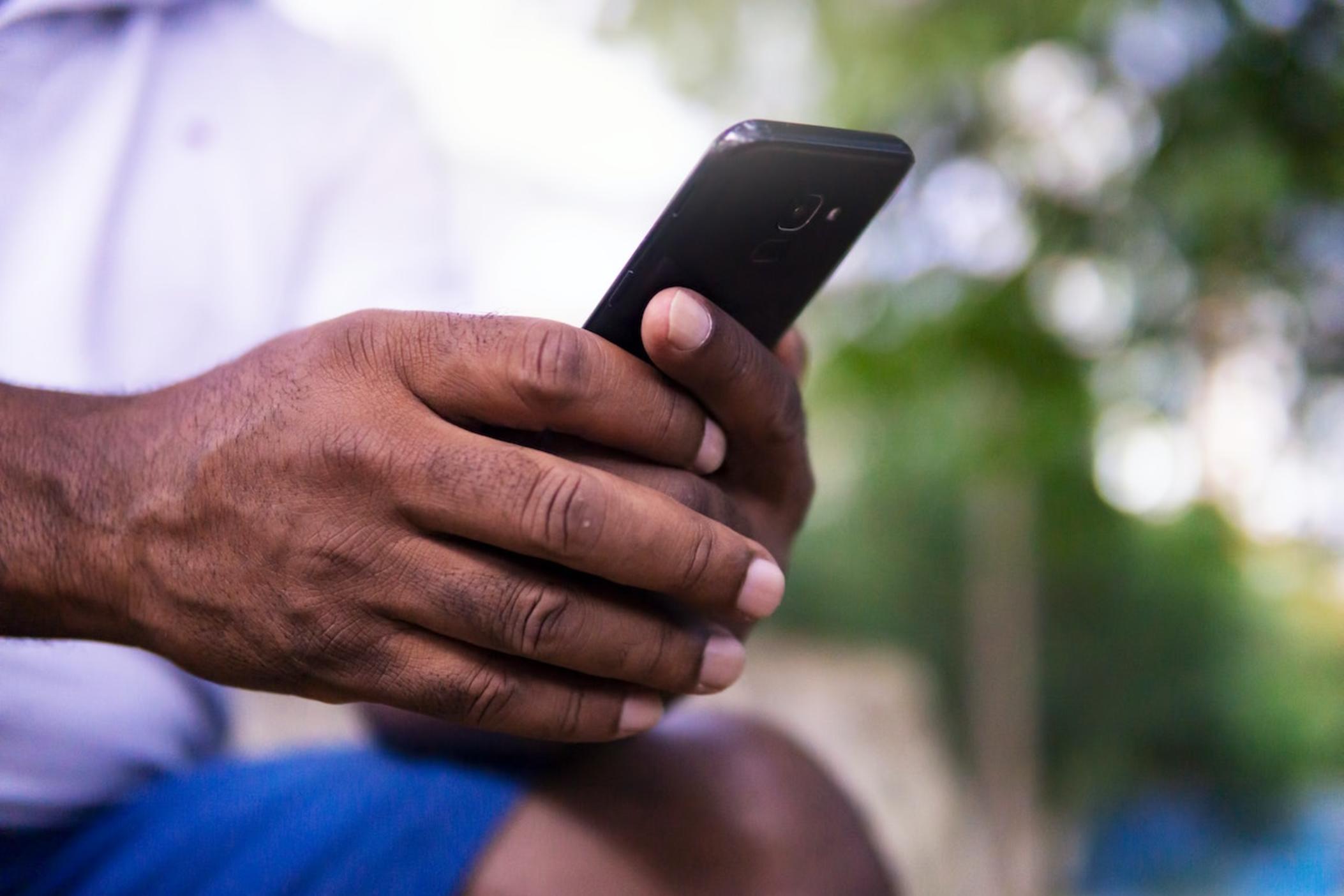Section Branding
Header Content
Your phone may sound an alarm today. Here's what to expect
Primary Content
Cellphones, TVs and radio stations will undergo a test of the Emergency Broadcast System today, beginning at approximately 2:20 p.m. ET.
FEMA, the Federal Emergency Management System, in coordination with the Federal Communications Commission (FCC), will conduct the nationwide test of the Emergency Alert System (EAS) and Wireless Emergency Alerts (WEA).
The WEA portion of the test will be directed to consumer cellphones.
Remember that sound your phone makes whenever there is an Amber Alert? You may have the same experience today, depending on your phone's settings.
According to FEMA's press release, the purpose of the test is to ensure that the systems continue to be effective means of warning the public about emergencies, particularly those on the national level. In case the Oct. 4 test is postponed, due to widespread severe weather or other significant events, the backup testing date is Oct. 11.
All wireless phones should receive the message only once.
Here's what to expect:
- Beginning at approximately 2:20 p.m., cell towers will broadcast the test for approximately 30 minutes. During this time, WEA-compatible wireless phones that are switched on, within range of an active cell tower, and in a geographic area where the wireless provider participates in WEA, should be capable of receiving the test message.
- For consumers, the message that appears on their phones will read: “THIS IS A TEST of the National Wireless Emergency Alert System. No action is needed.”
- Phones with the main menu set to Spanish will display: “ESTA ES UNA PRUEBA del Sistema Nacional de Alerta de Emergencia. No se necesita acción.”
- Similar to when your phone receives an Amber Alert, the WEA alert tone is generally only played when the alert is initially received by the phone and on some devices stops as soon as the user clicks a button.
- If a phone is off before the test alert is sent and not turned back on until after the WEA Test expires (approximately 30 minutes), the phone should not get the test message.
WEA alerts are created and sent by authorized federal, state, local, tribal and territorial government agencies through IPAWS to participating wireless providers, which deliver the alerts to compatible handsets in geo-targeted areas. To help ensure that these alerts are accessible to the entire public, including people with disabilities, the alerts are accompanied by a unique tone and vibration.


